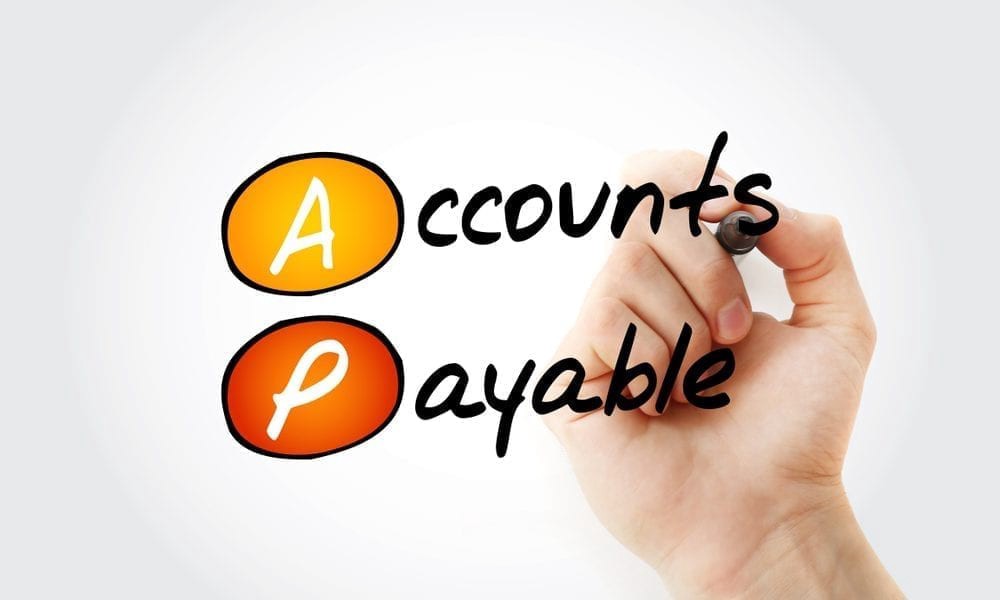In this topic, I’m going to introduce you to configuring an accounts payable home dashboard. In NetSuite, you can create a unique dashboard setup that manage your day-to-day activities. Your NetSuite dashboard provides meaningful and relevant data that you need to perform your job. The data that you need directly impacts how you design your dashboard. So a well-designed dashboard combines analysis and action.
In building your dashboard, consider whether your role is more aligned to the tasks of analysis, action, or both. For example, a warehouse manager may appreciate the ability to analyze data through reports, metrics, and KPIs. While an A/P clerk is more concentrated on operations related tasks that requires actions when things are due. To illustrate this process, I’ll walk you through an example where I will set up my dashboard by adding both analysis and workflow portlets.
This will allow me to view metrics and at the same time draw down my underlying transactions that need action. So I’m logged in as Larry Nelson with the role of accounts payable clerk. Here, located in the global header is my home dashboard identified by the House icon. I can go any time to my home dashboard just by clicking this icon.
My home dashboard is divided into smaller windows, called portlets. And the available portlets you see depend on the roles and permissions defined by the administrator. Now, suppose I’ve removed all the existing portlets on my home dashboard, the settings portlet that will still be available by default. Let’s start customizing my home dashboard by scrolling to the right and clicking on the Layout link at the upper right corner of the screen.
I can see that I have four different layouts to choose from, a two column with narrow on the left, another two column with narrow on the right. Smaller monitor and tablets will be better viewed with these layouts. While a large monitor is best viewed with a three-column wide in the middle layout. And the last one is the one-column layout, or the personalized link located at the upper right-hand side of the screen. Since I’m using a laptop, I’m going to select the two column with an arrow on the left layout.
NetSuite does provide a default set of dashboard portlets for each of my tabbed pages. Here in my home dashboard, I can add a portlet any time by clicking the personalized dashboard link from the settings portlet. This will display the personalized dashboard panel.
The portlets available in the Standard Content tab varies on what the administrator has defined based on my role. Moving down to the next tab, the Report Snapshot, this is a quick access point to generate report summary data that I can immediately view in my dashboard. Now going down to the trend graphs, this gives me a list of available trend graphs that offers visual display of KPI data values. I can add up to five trend graph portlets to any standard or custom page.
And then lastly, the currently used tab simply displays the portlets that already appears on my dashboard.
Course Features
- Lectures 25
- Quiz 0
- Duration 10 weeks
- Skill level Intermediate
- Language English
- Students 0
- Certificate No
- Assessments Yes
Curriculum
- 1 Section
- 25 Lessons
- 10 Weeks
- Index25
- 1.0NET-UAPY01-01 Configuring AP Home Dashboard15 Minutes
- 1.1NET-UAPY01-02 Creating a New Vendor20 Minutes
- 1.2NET-UAPY01-03 Creating a New Contract10 Minutes
- 1.3NET-UAPY01-04 Approving a Purchase Request10 Minutes
- 1.4NET-UAPY01-05 Creating a Purchase Order15 Minutes
- 1.5NET-UAPY01-06 Creating a Purchase Request20 Minutes
- 1.6NET-UAPY01-07 Approving and Rejecting a Purchase Order15 Minutes
- 1.7NET-UAPY01-09 Billing a Purchase Order10 Minutes
- 1.8NET-UAPY01-08 Receiving Against the Purchase Order10 Minutes
- 1.9NET-UAPY01-11 Approving a Bill8 Minutes
- 1.10NET-UAPY01-12 Holding Payment on a Bill8 Minutes
- 1.11NET-UAPY01-13 Paying Bills10 Minutes
- 1.12NET-UAPY01-14 Entering a Vendor Credit14 Minutes
- 1.13NET-UAPY01-15 Entering a Vendor Return Authorization8 Minutes
- 1.14NET-UAPY01-16 Approving a Vendor Return Authorization5 Minutes
- 1.15NET-UAPY01-17 Shipping Authorized Vendor Returns15 Minutes
- 1.16NET-UAPY01-18 Crediting Vendor Returns15 Minutes
- 1.17NET-UAPY01-19 Printing Checks and Forms20 Minutes
- 1.18NET-UAPY01-20 Writing a Check20 Minutes
- 1.19NET-UAPY01-21 Voiding a Check10 Minutes
- 1.20NET-UAPY01-22 Voiding a Bill Payment15 Minutes
- 1.21NET-UAPY01-23 Paying Sale Tax15 Minutes
- 1.22NET-UAPY01-24 Navigating NetSuite Reports15 Minutes
- 1.23NET-UAPY01-25 Generating AP Reports15 Minutes
- 1.24NET-UAPY01-26 Generating Standard Purchase Reports20 Minutes






